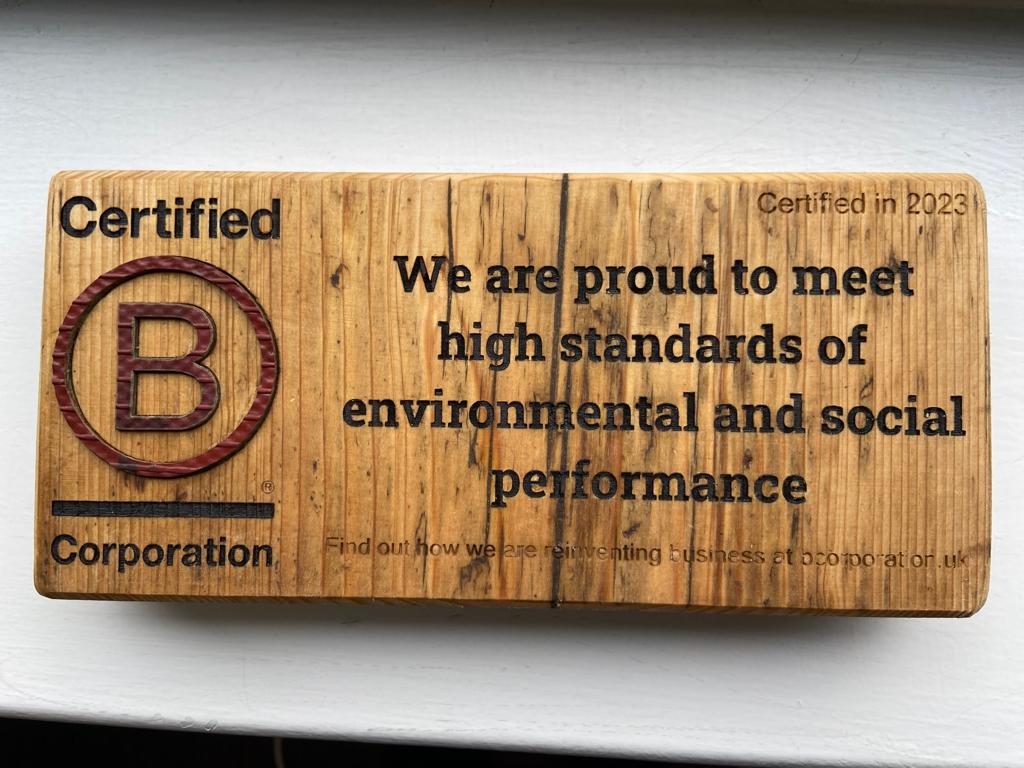There has been much talk of ‘The Great Resignation’ with a recent report in the Guardian suggesting that almost a quarter of workers are actively planning to change employers in the next few months.
So what can leaders and managers do to attract and retain people?
Professional growth opportunity is often listed by employees as one of their highest drivers of engagement, so companies must create visible career and development opportunities to attract and retain talented people with prospective employees wanting to have a clear idea of how they will progress once they join an organisation.
By linking personal development opportunities with your performance management plan you can increase employee engagement, create an environment where staff empower themselves to take the lead in their own development whilst building a skilled, motivated and productive workforce focused on achieving organisational goals.
1. Training & development discussionsThe starting point should always be an organisation’s vision / objectives which are then broken down into departmental goals. Individuals and managers should then agree on the top 4-5 departmental objectives from the coming year, split by 12 week quarters, and identify what support / direction the team member needs from their line manager.
Creating a 12-week plan provides a structured approach that ensures that the objectives agreed in the Training & Development Discussions are not forgotten about until they are dusted down ahead of the next meeting.
When employees can see how their individual goals fit into the big picture – how they are contributing to the overall company mission, vision, purpose – they are even more effective.
2. Regular feedback discussionsGiving feedback allows us to recognise what individuals are doing well, discuss areas where performance needs to be improved and identify actions that will help them to achieve their agreed objectives. By setting clear goals and delivering regular feedback, team members will be more aware of how they are progressing, will be able to adjust their approach if necessary and access additional help and support as needed. Regular performance feedback also contributes to an individual's overall motivation, commitment and engagement in the workplace.
3. 1-2-1 discussionsBy having regular one-to-one meetings with your team members, you can encourage them to share their personal goals and career aspirations. Whilst people may have an idea what they would like to do in their career, they often don’t know how to achieve it. By taking time to understand their developmental needs and goals, you can help individuals to map out a clear path to gain the necessary skills / experience in order to achieve their objectives. You can also identify how best to align and develop individuals to help achieve company goals and priorities. By taking the time to have these conversations, you can help individuals to feel valued and supported as well as empowering them to define and achieve their personal career goals.
When you know what your team’s aspirations and goals for the future are, you can also help them to see how they can fit into the greater organisational picture and how they are contributing to that bigger picture. This in turn can also increase their motivation to expand their responsibilities and seek out opportunities to progress within the company.
If you are interested in finding out more about how we help our delegates to improve their leadership skills in order to develop themselves, their teams and their organisations, please get in touch with Jo Draper or Stewart Barnes.
Our next effective leadership program for senior leaders (LEAD™) starts in April 2022 and our next management development program for future leaders (LEADlight) will start in January 2022.
Don't miss out on reading our blog - sign up to it below to get it delivered to your inbox every Tuesday.




